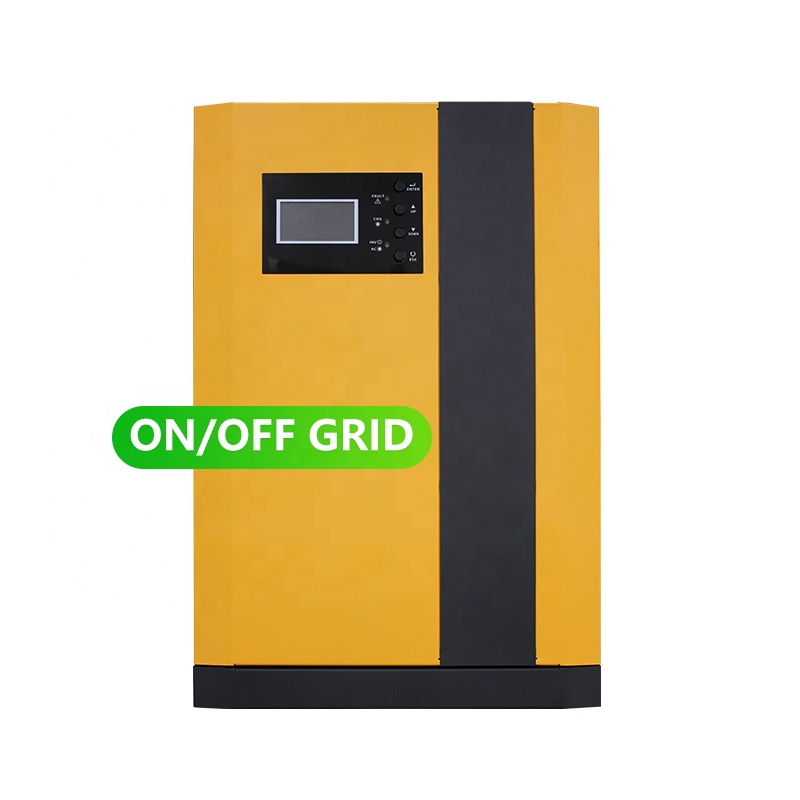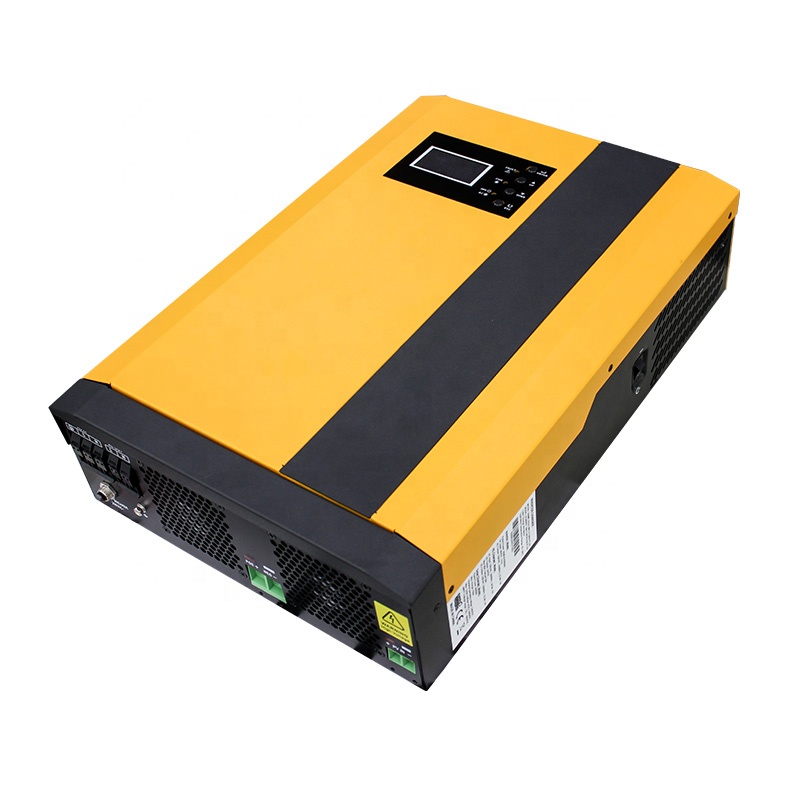Artificial intelligence (AI) and its related technologies, such as big data and machine learning, are revolutionizing multiple industries. These advancements are pushing boundaries and fostering innovations across sectors, including smart home networks. As AI continues to evolve, it's reshaping how we interact with household appliances. Products like AI-powered vacuum cleaners and robotic assistants are paving the way for smarter living spaces.
Appliances integrated with smart technology are becoming increasingly popular, driven by consumer demand for convenience and efficiency. Major players in the home appliance industry are recognizing the transformative potential of AI and IoT. These technologies allow for personalized experiences tailored to individual lifestyles, offering solutions that go beyond mere functionality.
For decades, white goods have been seen as commodities defined by cost competition. Traditional manufacturers struggled against newer entrants leveraging low pricing strategies. However, with the advent of IoT and AI, these industries are finding ways to innovate within established frameworks. By embedding advanced algorithms into appliances, manufacturers are creating entirely new categories of products.
Take Jiangsu Province in China as an example. Its IoT sector generated over $50 billion USD in revenue in 2015 alone, showcasing rapid growth. Initially, visions of connected appliances included futuristic designs like internet-enabled fridges displaying recipes or offering nutritional advice. Yet, without compelling applications, these ideas didn’t resonate strongly with consumers.
Breaking away from conventional limitations requires crossing boundaries between disciplines. Companies like Japan’s 7Dreamers Labs have successfully introduced groundbreaking solutions such as automatic folding machines, which disrupted traditional markets. Meanwhile, Daikin Industries took things further by integrating IoT systems into laundry handling devices, aiming to offer predictive maintenance and personalized clothing recommendations.
Despite these successes, challenges remain. Current implementations often exhibit rudimentary levels of intelligence due to mechanical constraints. Over the next decade, we expect improvements in machine learning capabilities leading to more sophisticated interactions. Commercially, certain AI-driven solutions already demonstrate significant promise; however, scaling them down to mainstream consumer use remains complex.
The case of SoftBank’s Pepper highlights pitfalls in rushing adoption. Once heralded as revolutionary, Pepper faced difficulties sustaining profitability due to limited functionality and unclear value propositions. This underscores the importance of aligning technological prowess with practical utility.
Looking ahead, AI in consumer electronics seems poised to emphasize core functionalities while enhancing user engagement through supplementary features. While replacing human cognition entirely might still be far off, incremental enhancements focusing on user satisfaction appear promising. Thus, patience and iterative refinement will likely play key roles in realizing AI's full potential in this domain.
3.5KW-5.5KW MPPT High Frequency Inverter
3.5KW-5.5KW High Frequency Inverter(MPPT)


3.5KW-5.5KW MPPT High Frequency Inverter,Energy Storage System Solar Inverter,Home Off Grid Solar Inverter
suzhou whaylan new energy technology co., ltd , https://www.whaylan.com